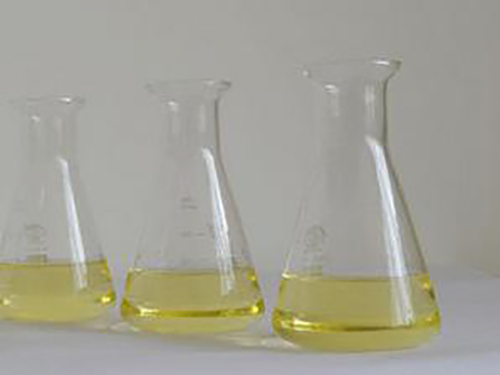Exploring the Role of PBTC Phosphonate in Modern Chemical Applications
The Significance of PBTC Phosphonate in Modern Chemistry
Phosphonates, and among them, PBTC (Phosphonobutane-1,2,3-tricarboxylic acid), are gaining increasing attention in various fields of chemistry due to their unique properties and wide range of applications. This article aims to discuss the significance of PBTC phosphonate, exploring its chemical characteristics, applications, environmental impact, and its potential future in different industries.
Chemical Characteristics of PBTC
PBTC is known for its multi-functional nature due to its structure, which consists of three carboxylic acid groups and a phosphonate group. This molecular arrangement endows PBTC with excellent chelating properties, enabling it to effectively bind with metal ions. The phosphonate group is particularly valuable as it imparts increased stability and resistance to hydrolysis, making PBTC a versatile agent in various chemical processes.
Moreover, the presence of multiple carboxyl groups contributes to its effectiveness as a scale inhibitor, which is crucial in many industrial applications. The compound exhibits high solubility in water, making it easy to incorporate into various formulations, ranging from cleaning agents to industrial water treatments.
Applications of PBTC
1. Water Treatment One of the primary applications of PBTC is in water treatment processes. It is extensively used as a scale inhibitor in cooling water systems, preventing the precipitation of calcium carbonate and other hard minerals. By reducing scale formation, PBTC helps maintain the efficiency of industrial machinery and reduces maintenance costs.
2. Detergency PBTC's surfactant properties make it an effective component in various cleaning products, including detergents and household cleaners. Its ability to bind with metal ions enhances the efficacy of these products by ensuring that water remains clear and free of contaminants.
3. Agriculture In agricultural practices, PBTC is employed as a chelating agent, enhancing nutrient availability and uptake by plants. By binding essential micronutrients (such as iron and zinc), PBTC improves soil quality and promotes healthier crop yields.
pbtc phosphonate

4. Chemical Synthesis PBTC is also utilized in different chemical synthesis processes. Its stability and reactivity can facilitate various reactions, including those involving transition metals, thereby playing a significant role in catalysis and complex formation.
Environmental Impact
While the applications of PBTC phosphonate are extensive, it is essential to evaluate the environmental impact of its production and use. Phosphonates, including PBTC, are often categorized as environmentally problematic due to their potential toxicity and persistence in aquatic systems. As such, regulatory bodies in many countries are monitoring phosphonate use, aiming to reduce the potential ecological risks associated with their deployment.
Research is ongoing to develop more sustainable alternatives and to improve the biodegradability of phosphonates. Innovations in green chemistry are crucial to balancing industrial needs with environmental protection, paving the way for more eco-friendly phosphonate derivatives.
Future Prospects
The future of PBTC and similar phosphonates appears promising, particularly as industries continue to seek efficient, versatile, and eco-friendly solutions. Innovations in formulation technology may lead to new applications, such as in nanotechnology and pharmaceuticals where phosphonates can serve as effective carriers or stabilizers.
Moreover, as environmental concerns grow, demand for greener alternatives to traditional phosphonates will likely spur research into biodegradable phosphonates. Developing new synthesis routes that yield less toxic by-products could significantly enhance the sustainability profile of PBTC.
Conclusion
PBTC phosphonate represents a critical compound in modern chemistry, with diverse applications spanning water treatment, detergency, agriculture, and chemical synthesis. Its unique chemical characteristics provide significant industrial advantages; however, the environmental implications of its use should not be overlooked. With ongoing research and development aiming to create safer, more sustainable alternatives, the role of PBTC in various sectors is likely to expand, making it a compound of great significance in the future of chemical innovation. As we embrace the challenges of environmental sustainability, phosphonates like PBTC may well prove to be essential in creating a balance between industrial efficacy and ecological responsibility.
-
Water Treatment with Flocculant Water TreatmentNewsJun.12,2025
-
Polymaleic AnhydrideNewsJun.12,2025
-
Polyaspartic AcidNewsJun.12,2025
-
Enhance Industrial Processes with IsothiazolinonesNewsJun.12,2025
-
Enhance Industrial Processes with PBTCA SolutionsNewsJun.12,2025
-
Dodecyldimethylbenzylammonium Chloride SolutionsNewsJun.12,2025





